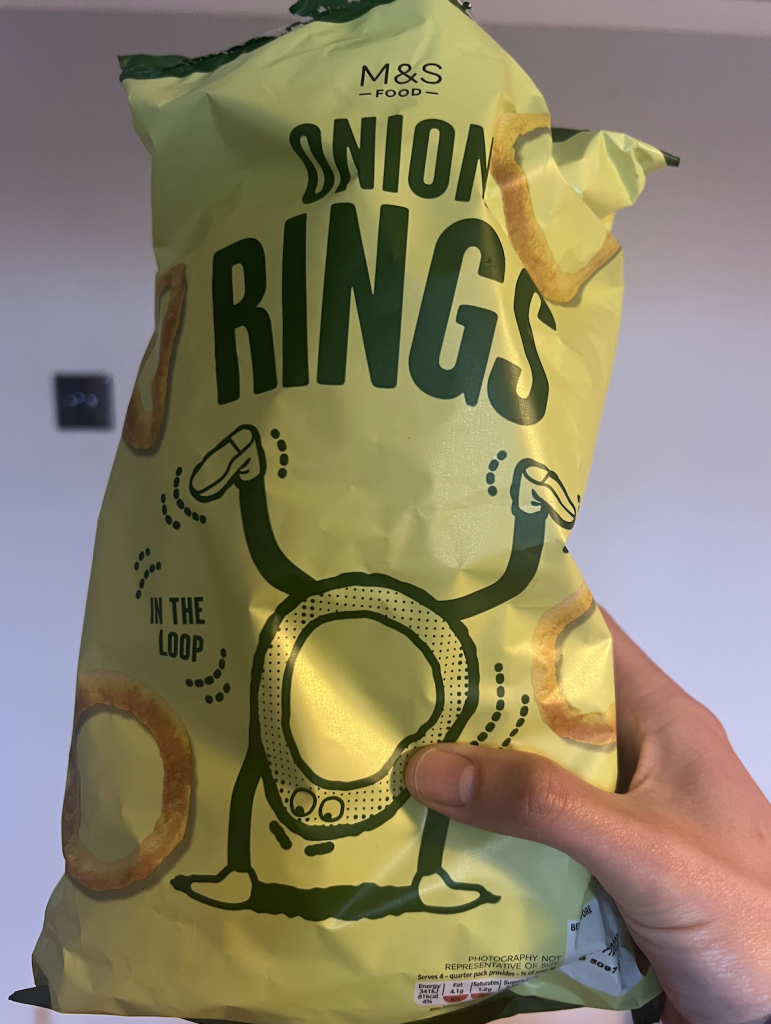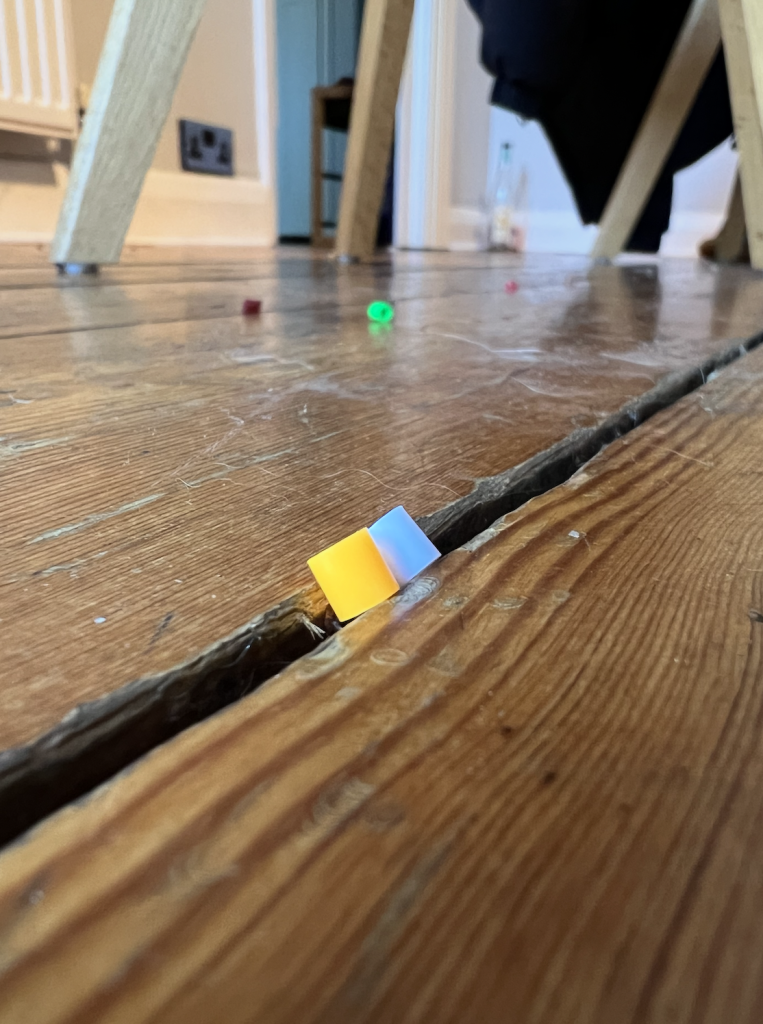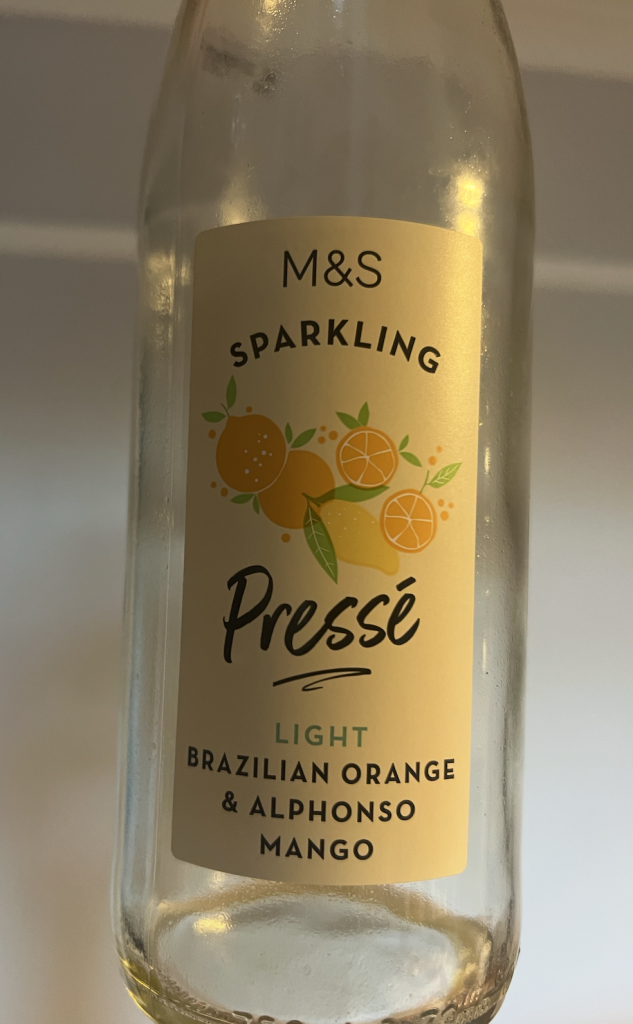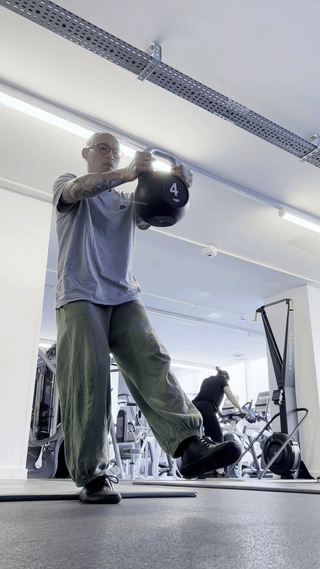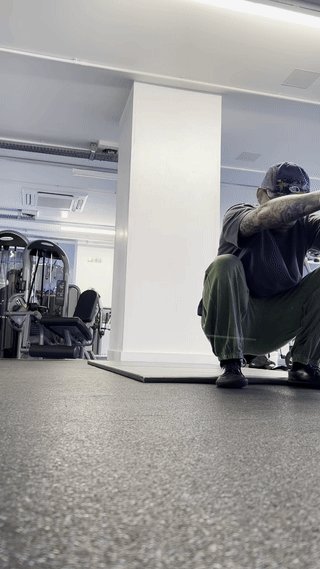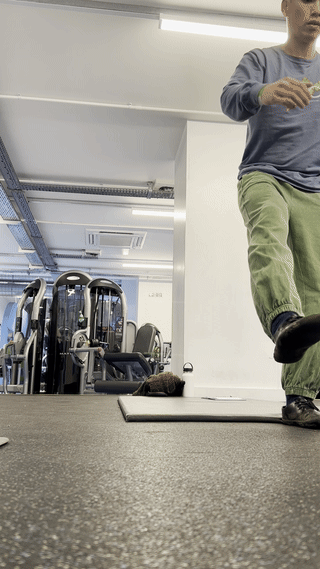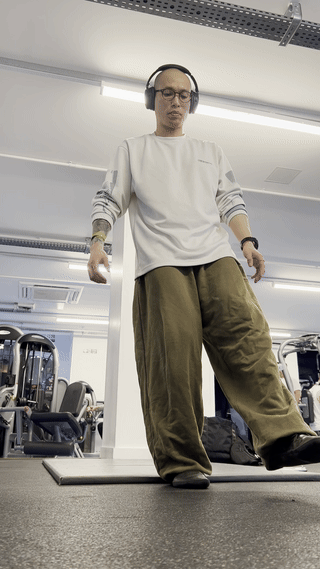Lots of dance activities going on lately and wanted to take a moment to reflect on the journey.
Choreography volunteer as a dancer for video shoot promotion
Last week, Francesa messaged me over Instagram, re-sharing an Instagram story, where Vi (an elite dancer from Japan currently located in London, teaching House and Locking and Hip-Hop) requested volunteers for dancers to come learn his choreography that would be filmed as a promotional video for his upcoming class:
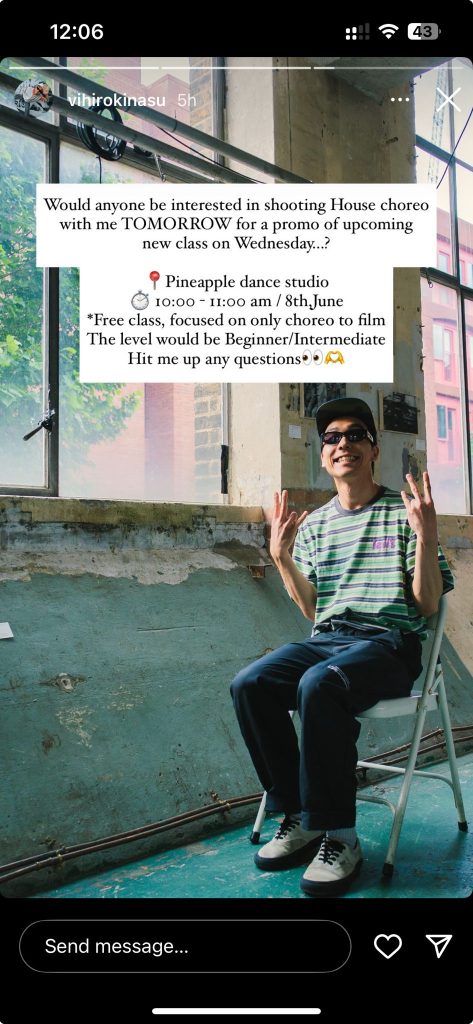
I received this message late on June 7th, the night before the shoot itself. First, I really appreciated Francesa sharing this with me and the fact that I was even on her radar. Second, I experienced mixed emotions, excitement, joy, anxiety. Excitement that I could be involved in something as cool as this, given that I just entered the dance scene about two years ago. Young Matt would’ve been so elated (I myself now, at 37, am elated). And as far as anxiety, I had thoughts like:
“I’ve choked before during choreography, what if it happens again?”
“I’ve never taken a class for Vi … what if his choreography is beyond my level?”
“Should I just hide in the back? But what if only a couple people show up and there’s nowhere to run?”
Despite having these thoughts, I not only signed up, but forwarded the screenshot to a couple friends, one of which (Aubrey) enlisted herself as well. Part of the reason (a big one), right around the same time of seeing Vi’s announcement, I had read a series of Jo-L’s stories on Instagram. In a nutshell, he basically stated that while we all know that discomfort and mistakes are part and parcel of growth, despite recognizing that reality cognitively, we tend to make decisions (unknowingly) that keep us in a state of comfort. Though I do believe that I am growing and putting myself out there, I definitely knew that signing up for Vi’s choreography was putting myself in discomfort.
Not only that, but I had somewhat other anxiety reducing thoughts such as:
- Even if I choke, so what? You are still whole
- Everyone messes up sometimes
- The pros (challenge, learning, growth) outweigh the cons (embarrassment)
In the end, I did it and thrived and nailed the choreography. Not only that, instead of lurking in the back, I positioned myself up front, no where to hide. Finally, even if I did flop, I would’ve been proud of myself either way.
Some takeaways
- Starting the loose legs on on the “2” (instead of the “1”) – Almost always, I start the loose legs at the start of a bar. It’s quite common for us (house) dancers to begin our movement on the first downbeat. However, Vi started the choreography with performing a little hop on the “1” and the on the “2”, starting the loose legs. This change of timing is something I’ll take away as a learned lesson
- Tilting torso to the left while hopping on the right before the shuffle – this was an unusual move for me, one that I’ve yet to perform before. When he demonstrated the move initially, I could not at first identify what I was doing different when comparing my figure in the mirror to his. Eventually, I paused and watched carefully and noticed that he was not rotating his trunk and instead, facing forwards and only ever so slightly stretching the top left of his body
- Applying a different variation to the tic tac toe movement – I took away a new rhythm and a variation that I like and will drill and incorporate into my freestyle (I did already actually, during Kev’s Kitchen a couple days ago, which I’ll blog about shortly)
Challenges during choreography
- Salsa step and then hop
- Additional “stutter” steps between pas de bourree transition into the salsa step
